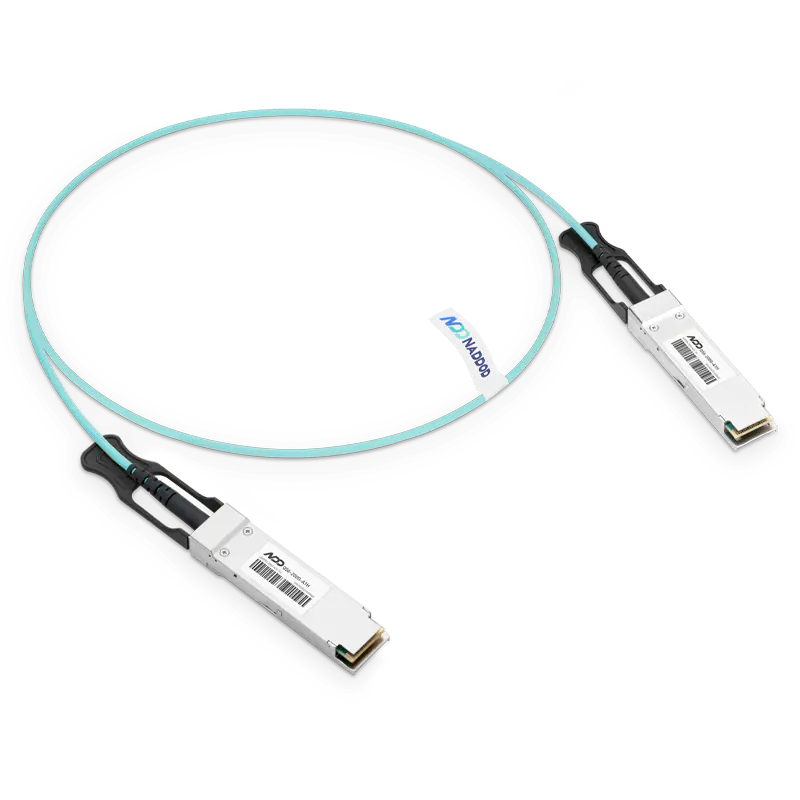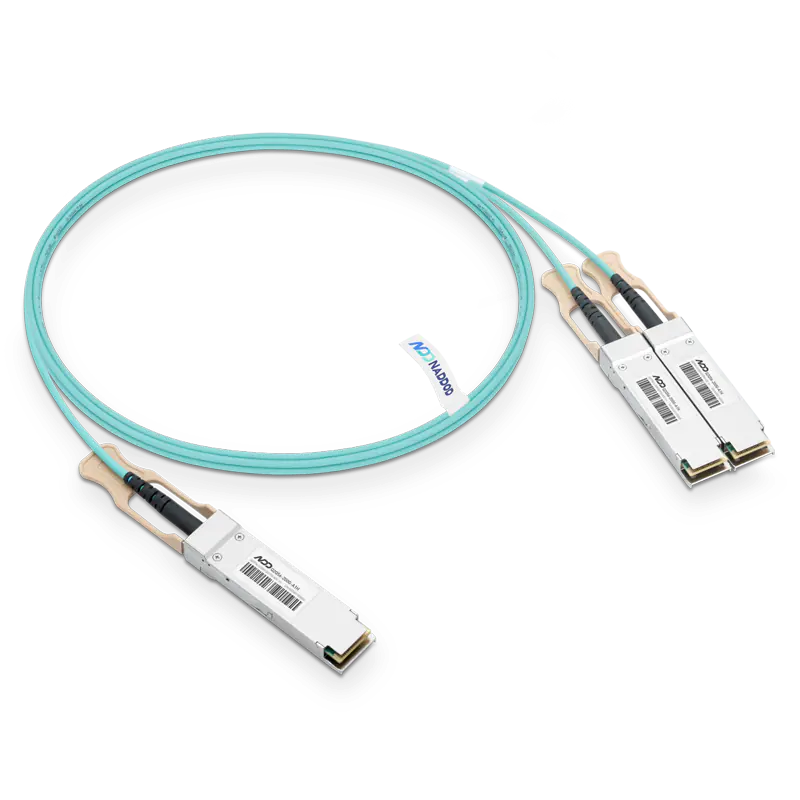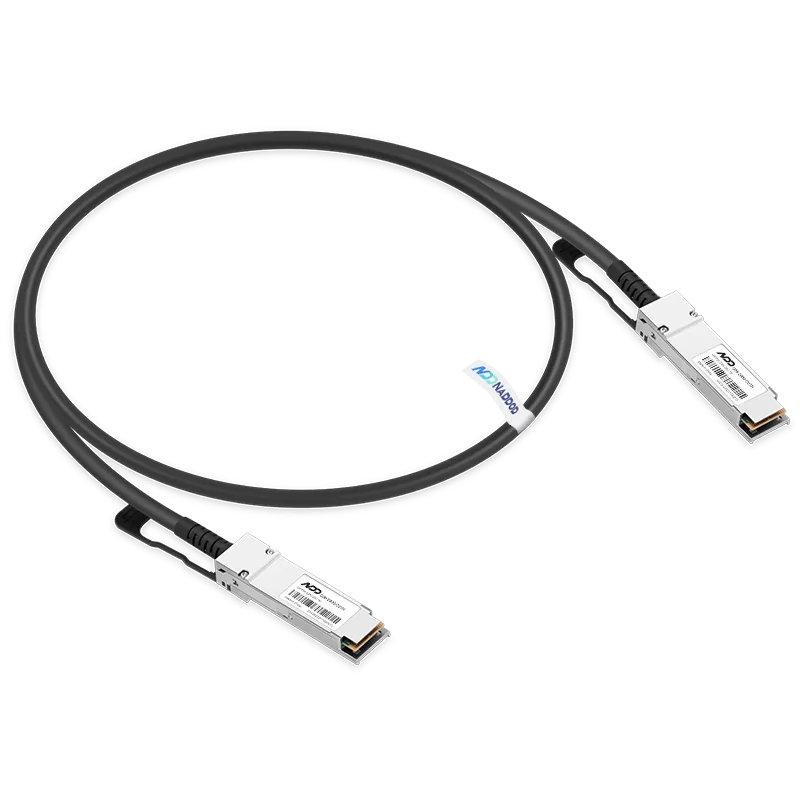Find the best fit for your network needs

share:
 800GBASE-2xSR4 OSFP PAM4 850nm 50m MMF Module
800GBASE-2xSR4 OSFP PAM4 850nm 50m MMF ModuleLearn More
Popular
- 1NVIDIA QM8700 & QM8790 HDR Switch - Transceiver and Cable Support Matrix
- 2NADDOD NDR InfiniBand Network Solution for High-Performance Networks
- 3InfiniBand NDR: The Future of High-Speed Data Transfer in HPC and AI
- 4The Key Role of High-quality Optical Transceivers in AI Networks
- 5Common Problems While Using Optical Transceivers in AI Clusters












































